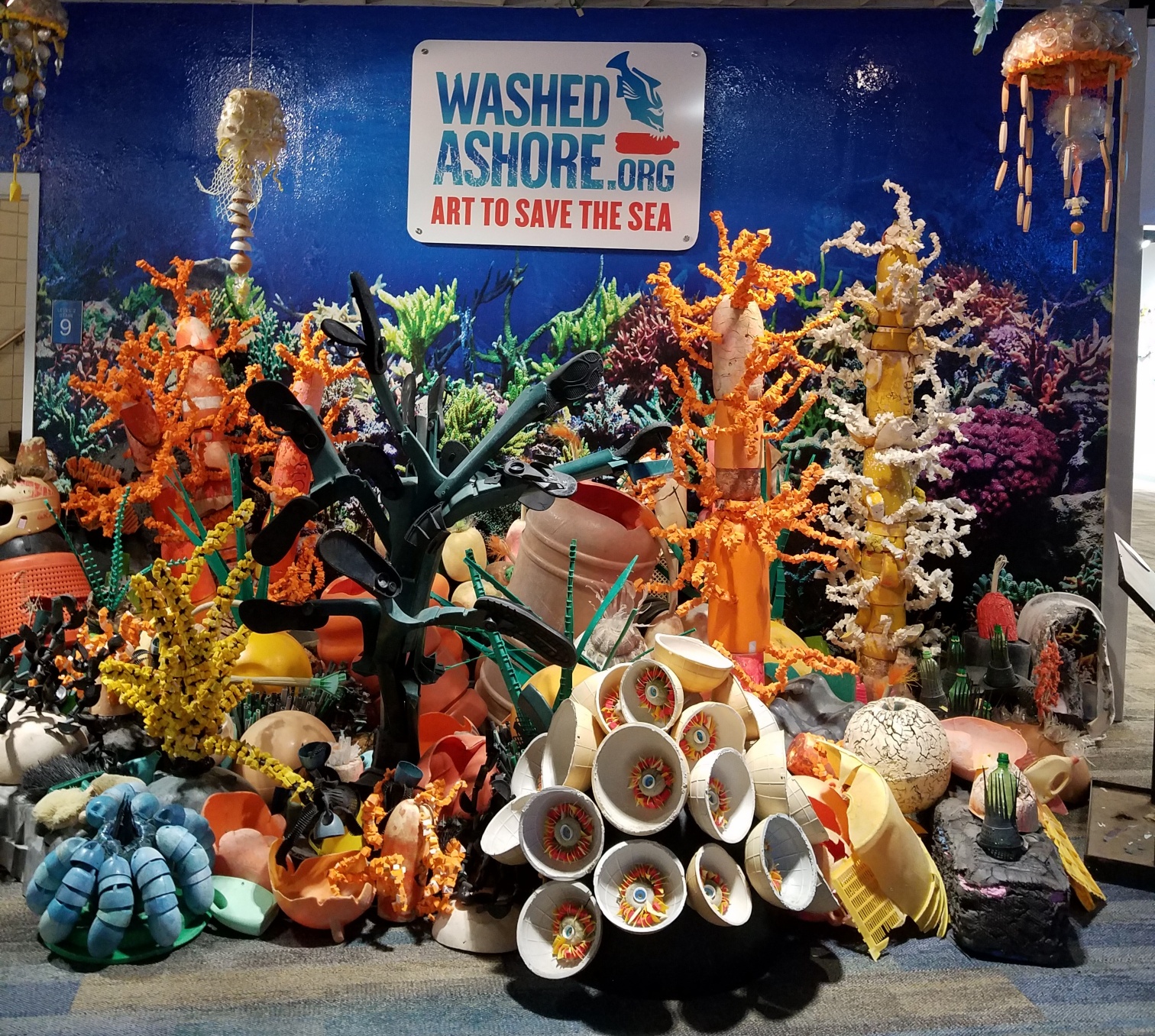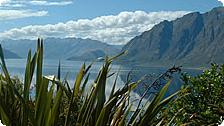by Sheila O’Connor
If you’re up for some digging into the past, you might want to consider heading to Quebec’s fossil garden.
We all depend on our history. And one place Divas can discover it is the Parc National de Miguasha in the Gaspésie region of northern Quebec. This is a world-renowned fossil site, containing plant and fish fossils 370 million years old. In 1999, was designated an UNESCO World Heritage Site, one of only sixty-one such sites around the world. The Parc National de Miguasha is in fact the smallest property owned by Parcs Quebec.
And it’s well worth a visit.
The fossils at the museum here (all discovered in the area) date from the Precambrain to the Modern eras. Guideposts explain that millions of years ago, the continents were much closer together than they are today, and continue to shift two to ten centimeters a year. It is believed that millions of years ago, only insects like scorpions and spiders existed. But they were big—some of them even a meter long!
Miguasha was discovered in 1842 by Abraham Gesher, who arrived in the area to produce road maps. After he discovered a fossil he thought was a turtle but turned out to be a fish, scientists flocked to the region. When Swedish paleontologists arrived in 1880, one of them, Erik Jarvik, devoted sixty years of his life studying one species discovered here, the Prince Fish. His first report on the creature was 440 pages long—and that was just on the snout!
In the Gaspe region alone, a treasure trove of over sixteen thousand fossils has already been catalogued, with some seven thousand on loan to museums around the world. The fossils are well-preserved and offer an intriguing three-dimensional view of long-extinct organisms. One of the rarest phenomena you’ll find here is the fossilization of “soft parts”—blood vessels and other soft tissues that, being the parts of an organism that decay first, rarely endure the passage of time. The Parc National de Miguasha is renowned as a place that best illustrates the Devonian Period, commonly known as the Age of Fishes.
Visit the museum’s laboratory in the Miguasha Museum to learn how fossils are uncovered. The original fossil Gesher discovered can be handled, and viewed under a microscope.
The most studied phenomena are acuatic bacteria, while the largest fossil on the premises is that of the predator Dunkleosteus terrelli, which grew up to ten meters long. Don’t be surprised if you feel like you have just walked into Jurassic Park! Many of the fossils are specimens you have never seen or heard of before.
The Miguasha Museum also boasts the world’s best-preserved archaeopteryx, specimen, similar to a flying dinosaur, discovered in 1877.
It is believed that the Prince Fish actually has some human bones and could be our link from evolution from sea to land. This is in direct contrast to the theory that we are related to apes. The docents at the museum would be happy to discuss the issue with you!
Most people have heard of the famous Lucy skeleton, which you can find on display here. At 3.5 million years old, Lucy is looking good for her age!
While here, don’t forget to visit the shore and take a cliffside guided tour. Look out for fossils yourself: you might just be lucky, and visitors have indeed found many fossils. (Be aware, however, that any and all fossils you find belong to the museum and need to be turned over.) The docent will show you the best kind of rocks to look for, and how to open them with a slight tap of a hammer. The rocks will unfold as easily as pages of a book!
Today, the museum sponsors an ongoing fossil dig. Each year, volunteers are allowed to dig to a depth of thirty centimeters. Last year alone, over eight hundred fossils were found this way!
Miguasha means ‘red earth’ in the native Micmac language. What treasures might you, Diva, find in its rich soil?
For more information check out: www.sepaq.com, or contact Quebec’s Tourism Bureau www.bonjourquebec.com.






